During the Army 2024 exhibition at Patriot Park, the Iskander E ballistic surface-to-surface missile system was showcased.
The Iskander system is a well-known Russian tactical missile system, recognized for its flexibility and precision. It employs short-range ballistic missiles capable of striking targets at distances ranging from 50 km to 280 km, although these missiles can be modified for different ranges. The Iskander system uses self-propelled launcher vehicles (TEL) typically mounted on 9P78-1-E truck chassis, with a range of 1,000 km and a maximum speed of 70 km/h. Each launcher vehicle can carry and fire two missiles.
Iskander missiles are equipped with a guidance system that combines inertial navigation technologies and in-flight trajectory correction, giving them high precision with an error margin of around 30 meters, which can be reduced to 4 meters if the missile is linked to an optical seeker.
The warhead payload ranges from 500 to 700 kg and can be fitted with various types of conventional, thermobaric, and other specialized warheads. The missile can be calibrated and launched in 4 minutes when the vehicle is stationary or in 16 minutes when the vehicle is moving.
The system stands out due to its in-flight maneuverability, which complicates interception efforts. Since its introduction, it has been used in several military exercises and deployments in conflict zones. Notable demonstrations include operations in Syria and exercises in Russia and Belarus, highlighting its ability to strike strategic targets with high precision. Most notably, it has been confirmed to destroy several high-value targets during the conflict in Ukraine, including deployed or mobile Patriot missile batteries.
The Iskander system has altered modern warfare dynamics by providing Russian forces with a rapid and precise short-range strike capability. Its presence in strategic areas has bolstered the deterrence capabilities of its users and impacted the military strategies of neighboring countries and NATO. The development and deployment of this system have triggered an arms race in the region, with countries striving to develop countermeasures and defense systems capable of intercepting Iskander missiles.
The Iskander missile system represents a significant advancement in short-range precision strike capabilities. Its combination of mobility, accuracy, and flexibility makes it a formidable tool in the military arsenal of countries without ballistic missile programs. Its real-world performance demonstrates its effectiveness and its ability to influence regional military strategies.
Another important fact: the Missile Technology Control Regime (MTCR) agreement, signed in 1987, is no longer relevant. NATO countries have delivered missiles with ranges exceeding the 300 km limit set in the agreement, allowing Russia to export longer-range versions to allied countries like Algeria, for whom Russia is the primary arms supplier. This could pave the way for the delivery of non-export versions with ranges of 500 to 700 km.
By Sid Ahmed FULCRUM
 MENADEFENSE All about defense from Marrakech to Bengladesh
MENADEFENSE All about defense from Marrakech to Bengladesh

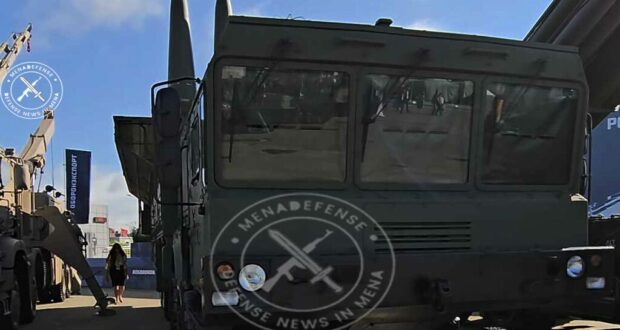
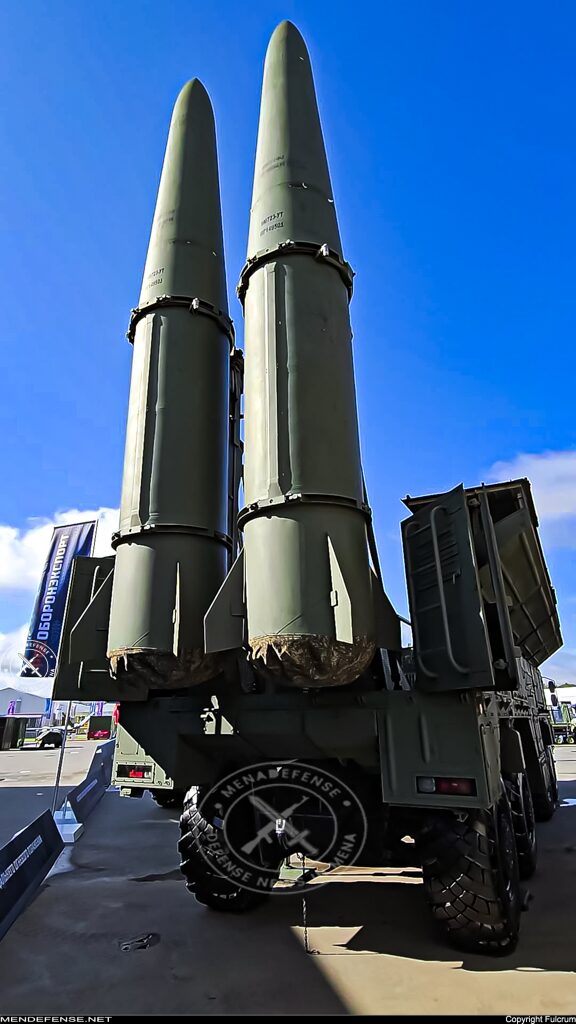

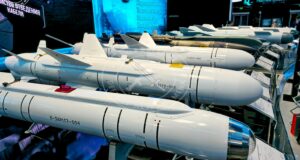
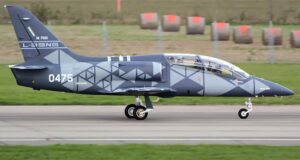











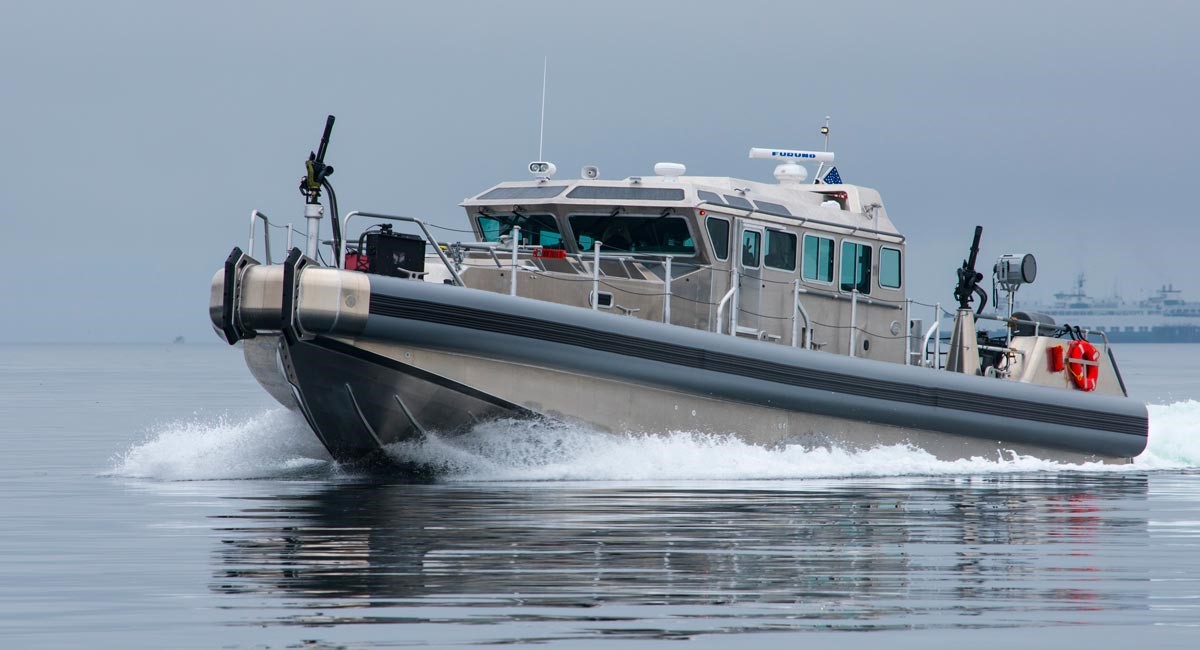
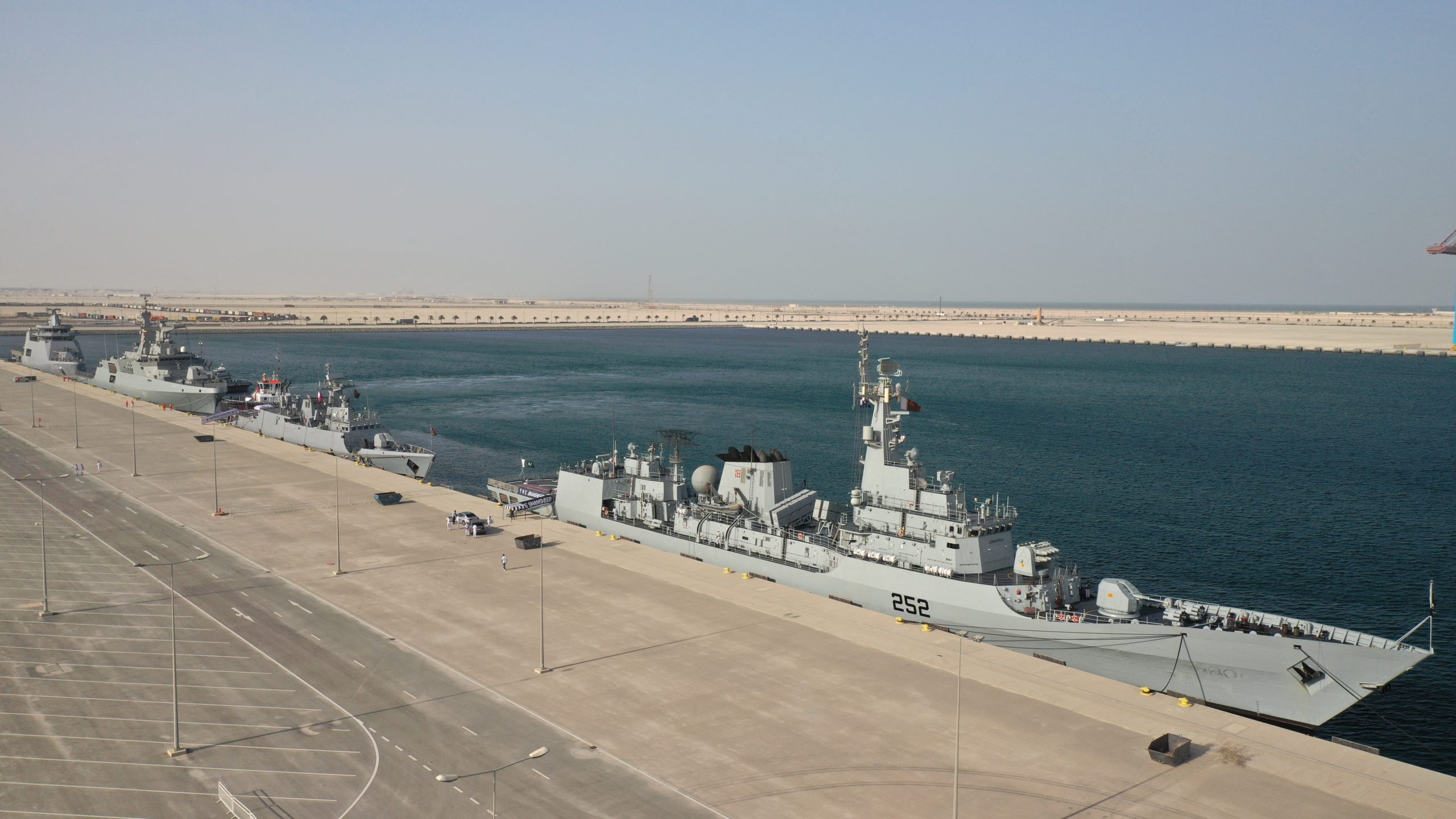
Commentaires Recents